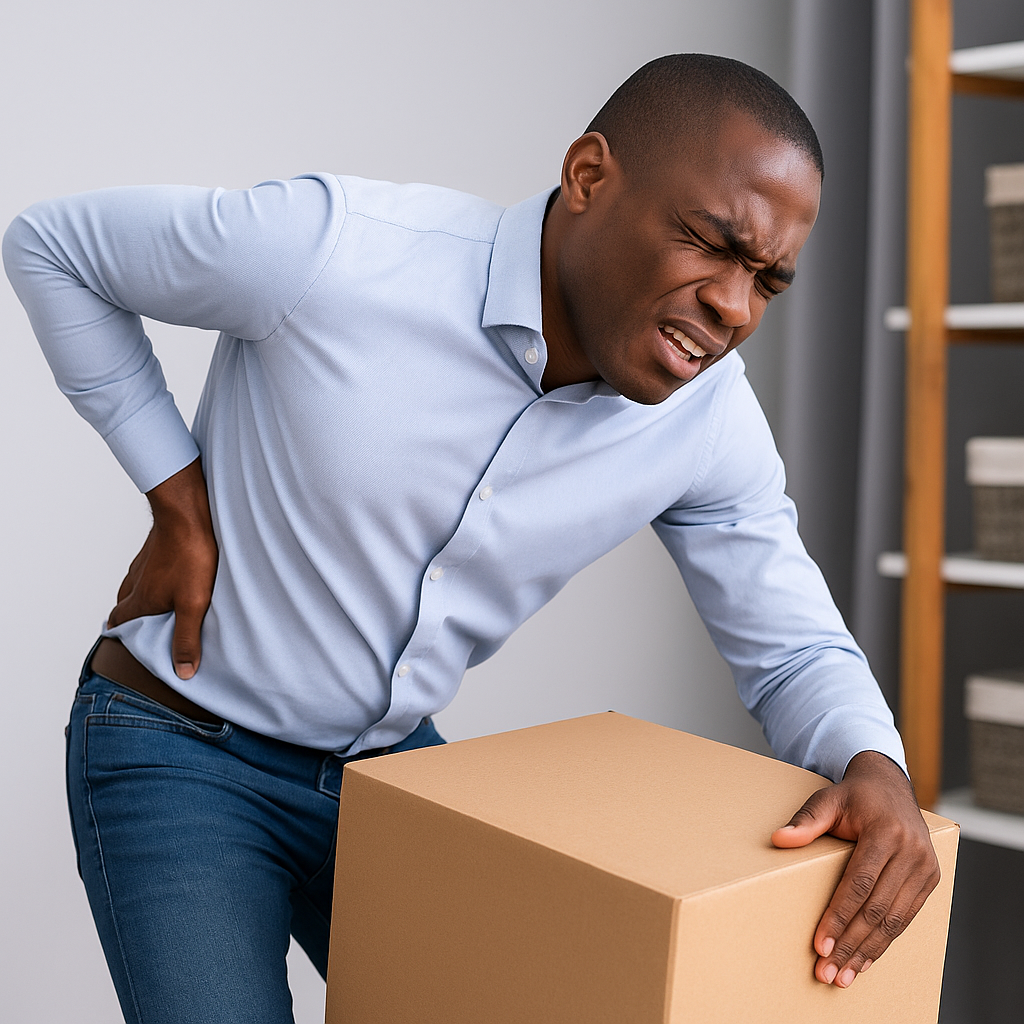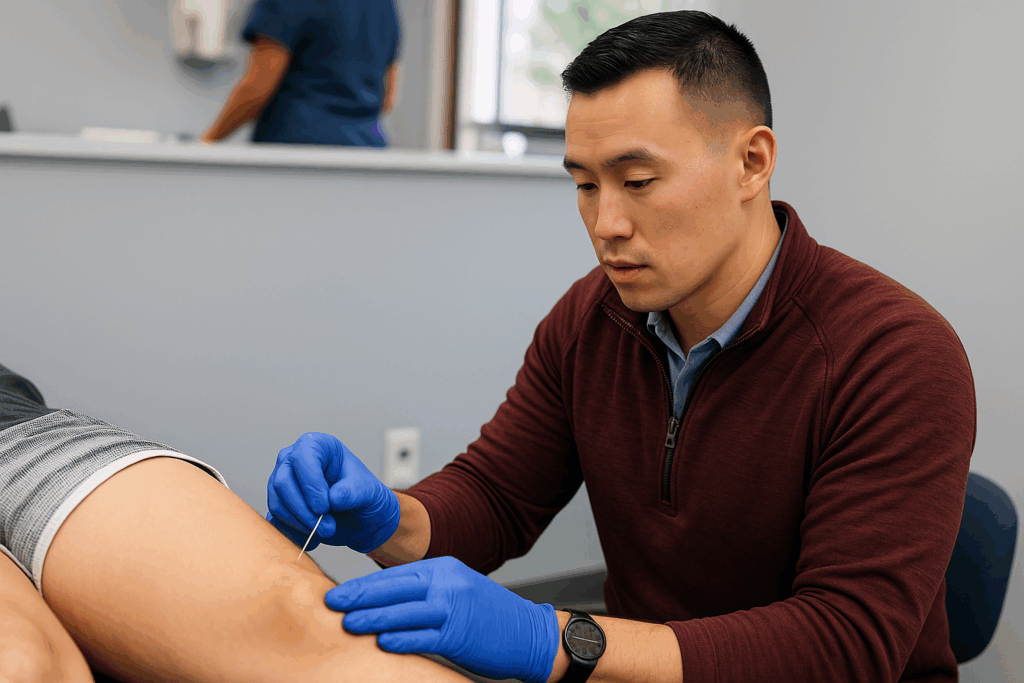Introduction
Have you ever heard the phrase “You might want to sit down for this?” Often used to prepare someone for surprising news, it ironically hints at a condition where sitting is exactly what you should avoid. The sudden pain in your rear could indeed be due to excessive sitting. It’s time to explore two prevalent causes of lower back discomfort: Piriformis Syndrome and Sciatica.
Understanding Piriformis Syndrome
The Piriformis muscle is a small, yet crucial muscle located deep within the buttock, near the top of the hip joint. Piriformis syndrome occurs when this muscle spasms and compresses the sciatic nerve. This condition can cause pain, tingling, and numbness in the buttocks and along the path of the sciatic nerve descending the leg.
- Causes: Overuse of the piriformis muscle, injury, or prolonged sitting.
- Symptoms: Pain in the buttocks, difficulty sitting, and discomfort that worsens with activity.
- Treatments: Stretching exercises, physical therapy, massage, and in severe cases, surgery.
Exploring Sciatica
Sciatica refers to pain that radiates along the path of the sciatic nerve, which extends from the lower back through the hips and buttocks and down each leg. Usually, it affects only one side of the body.
- Causes: Herniated disk, bone spur, or spinal stenosis compressing part of the nerve.
- Symptoms: Sharp pain extending from the lower back to the leg, muscle weakness, leg numbness, or tingling.
- Treatments: Physical therapy, anti-inflammatory medications, lifestyle changes, and surgical options in severe cases.
Key Benefits of Differentiation
Accurately discerning between piriformis syndrome and sciatica is crucial for effective treatment and pain relief. Here are some key benefits:
- Targeted Treatment: Ensures correct physical therapy and exercise regimen, enhancing recovery.
- Prevention of Misdiagnosis: Reduces the risk of ineffective treatments aggravating the condition.
- Improved Mobility: Speedy identification leads to better management, aiding quicker return to normal activities.
Conclusion
Sitting for long periods may be a necessary part of daily life, but understanding the distinct causes of buttock and lower back pain can significantly improve quality of life. Whether from piriformis syndrome or sciatica, seeking professional assessment and intervention is essential. Remember, standing, stretching, and moving regularly can be excellent preventive measures. As always, consult with a qualified health professional to personalize a treatment plan best suited for your needs. Your back and buttocks will thank you.

